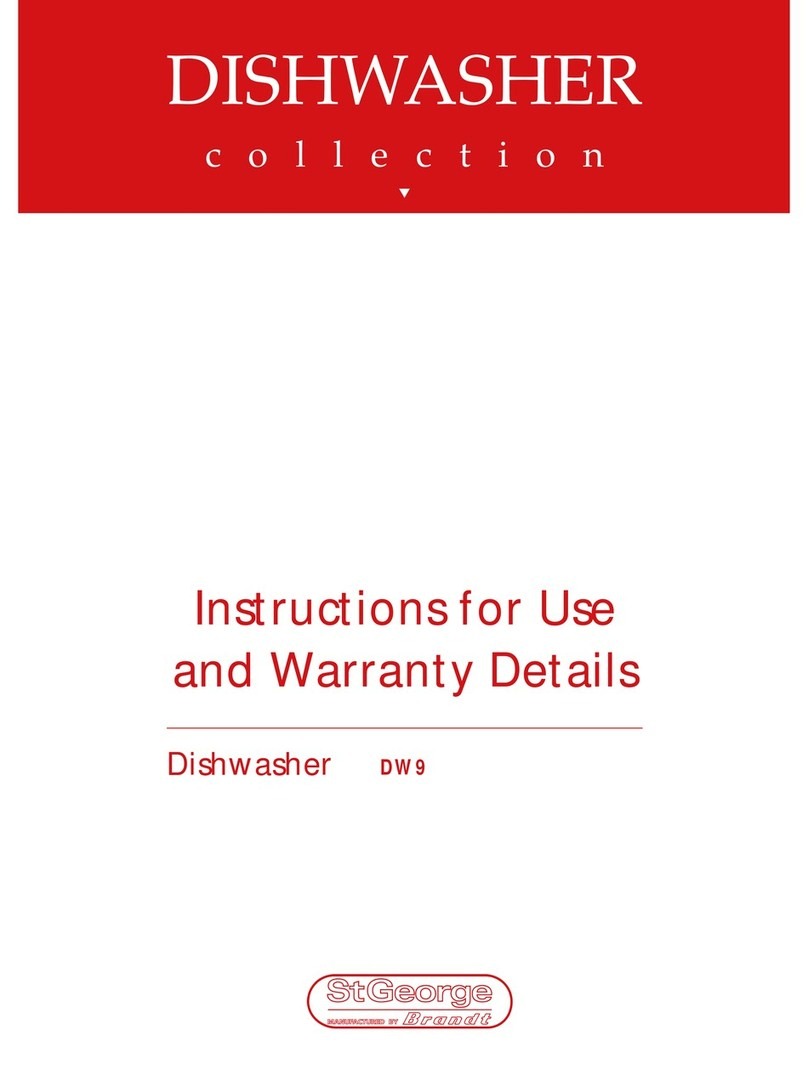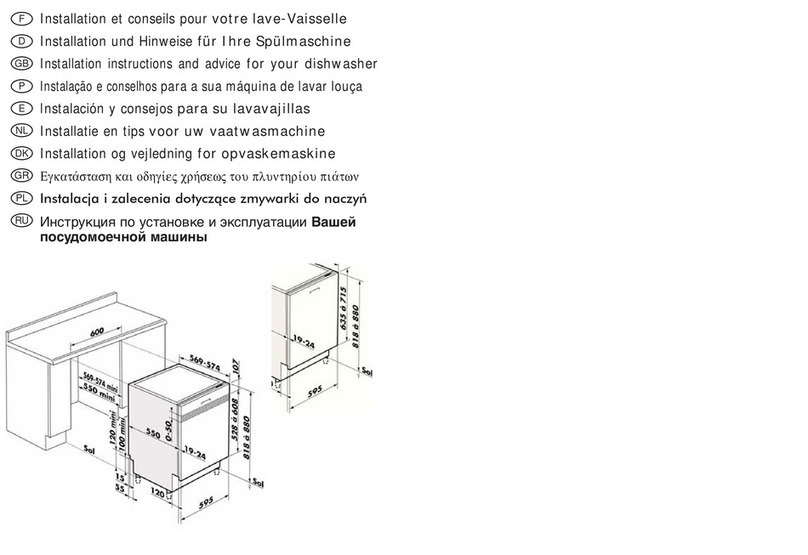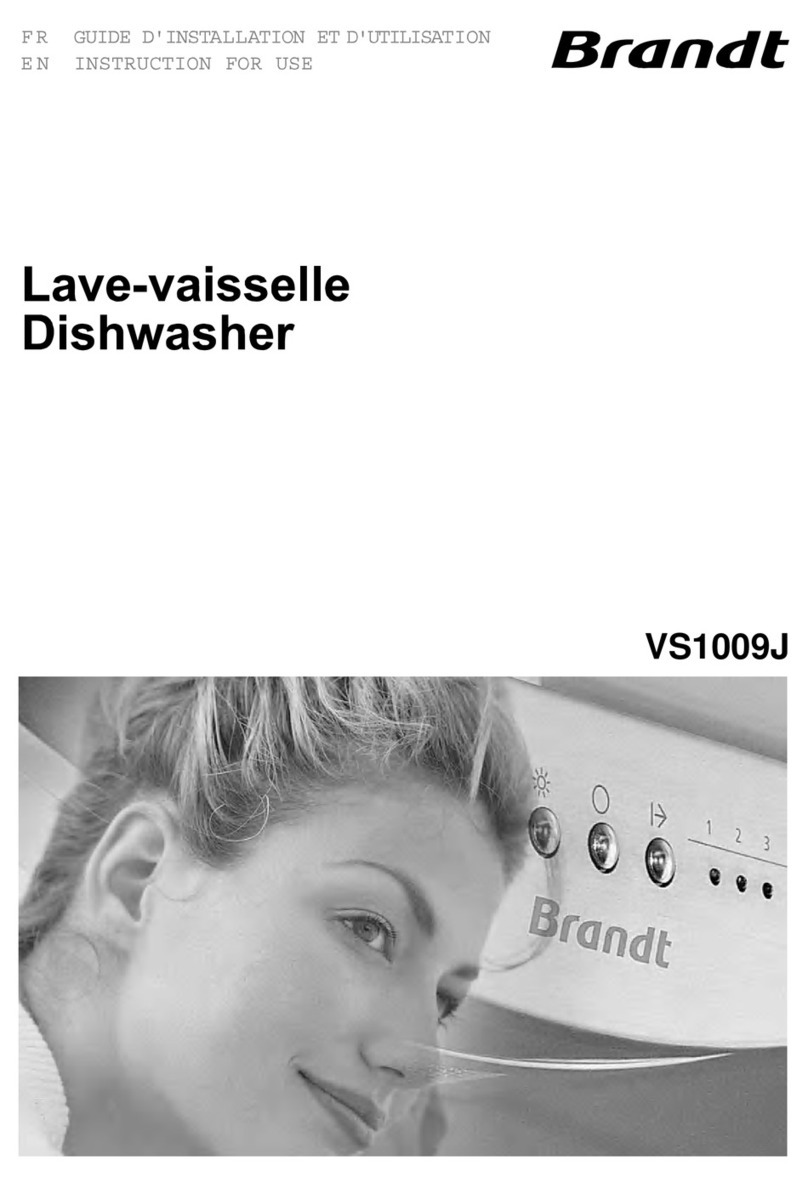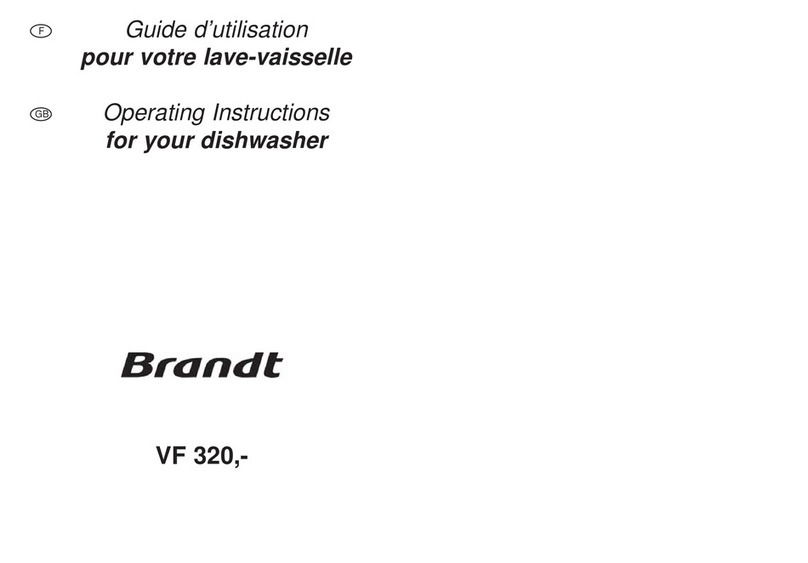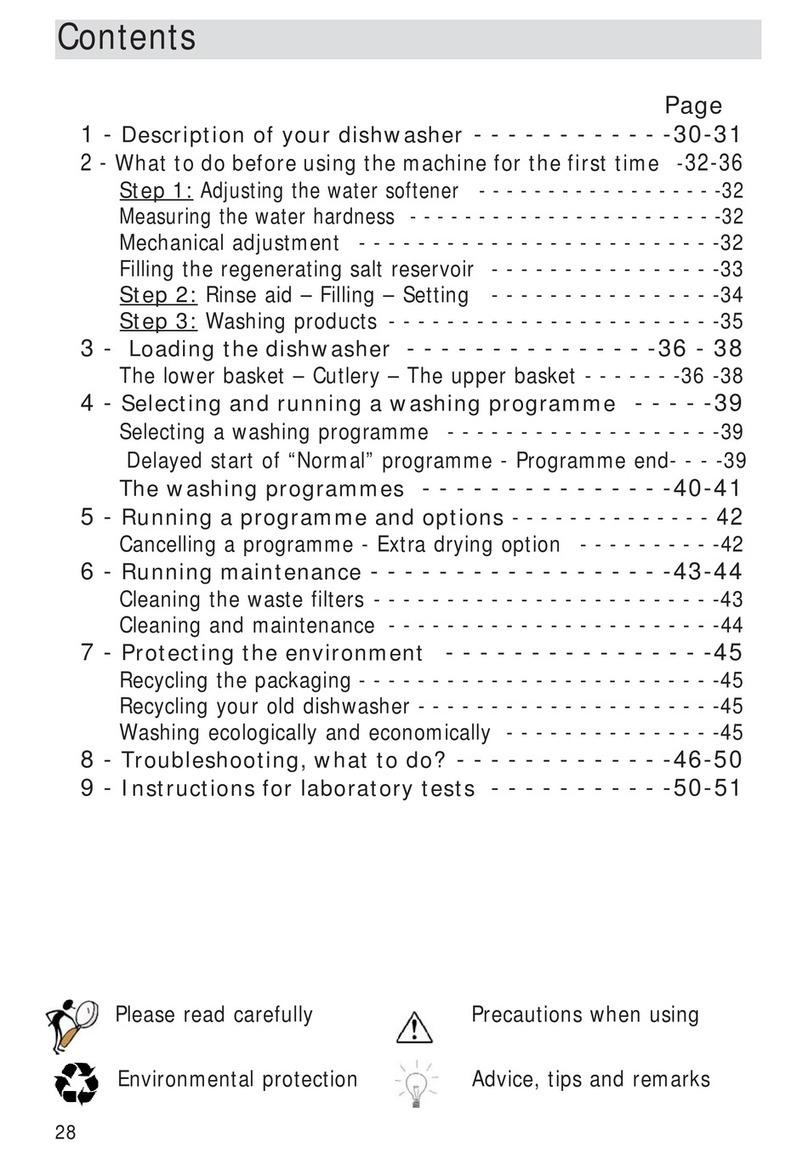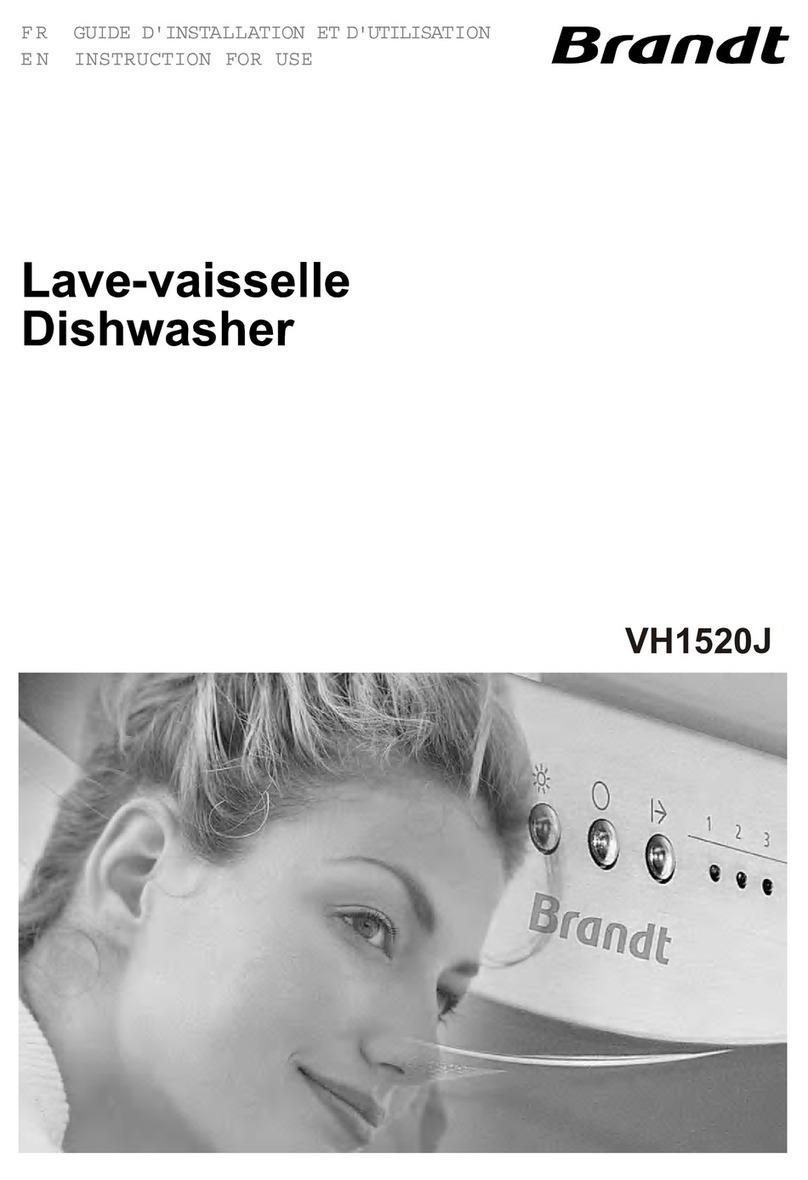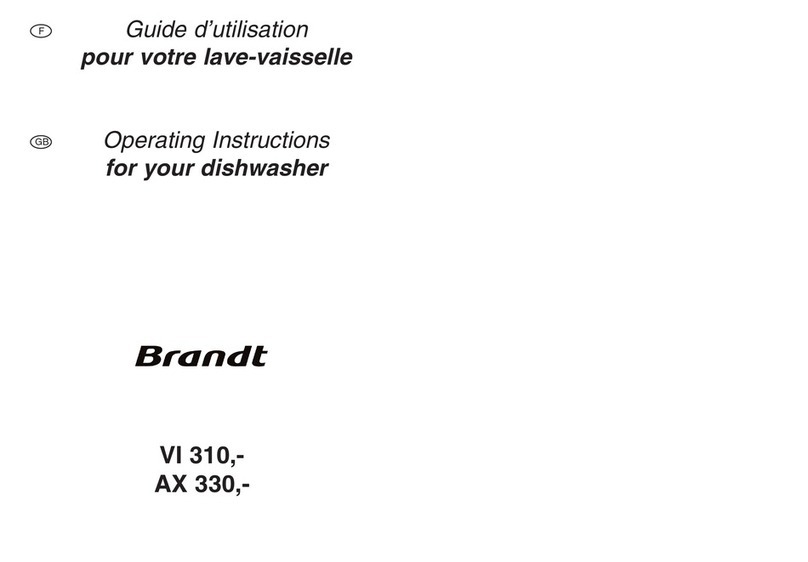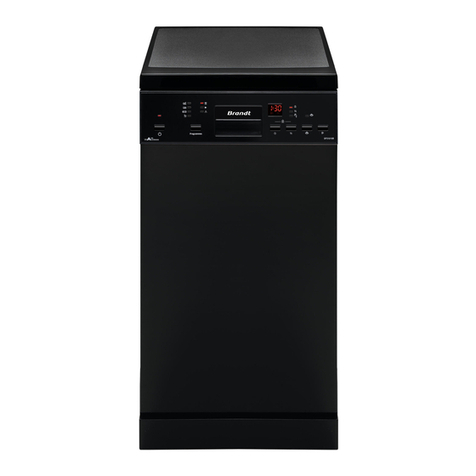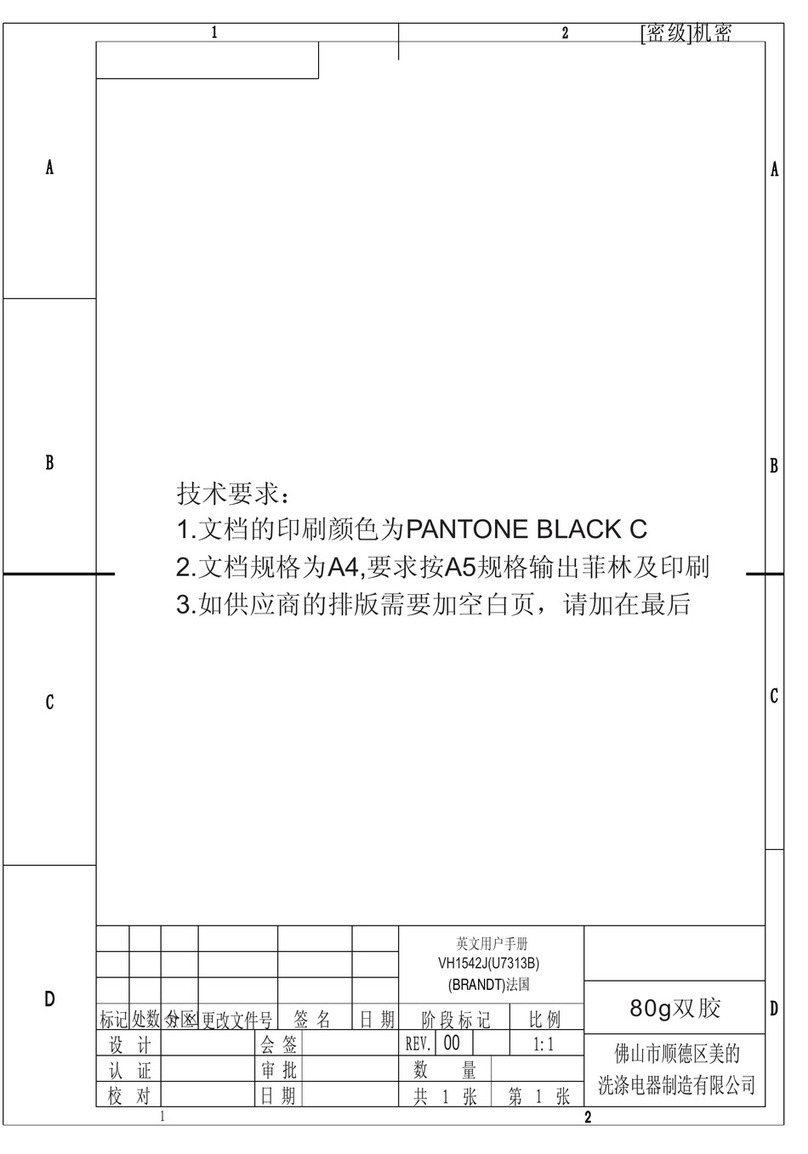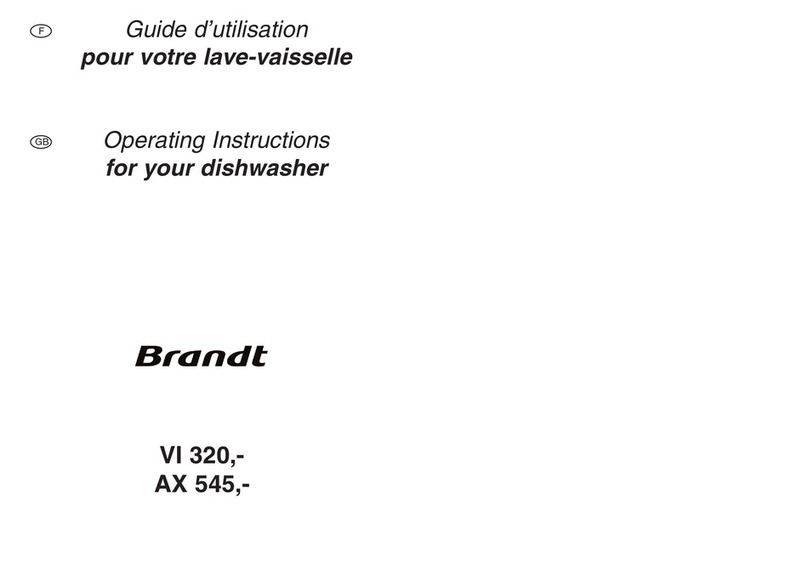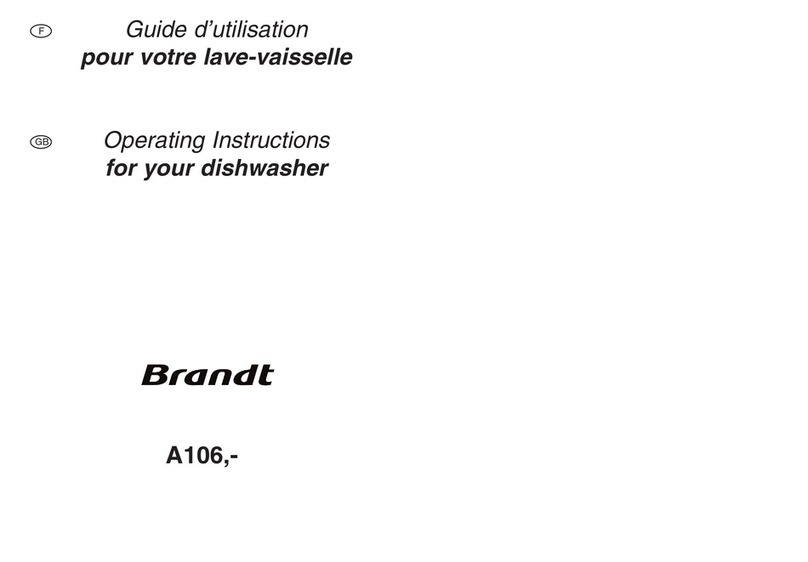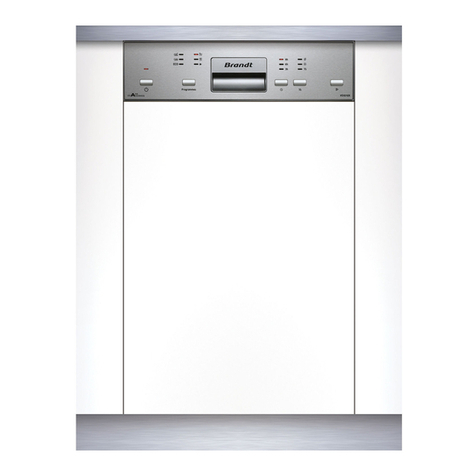
To review the section on troubleshooting Tips
will help you to solve some common problems
by yourself .
Dear Custo mer,
P leas e ca refu lly r ead this manual b efor e us ing t he
d ishw ash er, it will hel p yo u us e an d m aint ain t he
d ishw ash er pr ope rly.
Pass it on to a ny s ubsequent ow ner of th e ap pliance.
This manual contains sections on safety Inst ruct ions,
Operating Instructions, Installation Instructions and
Troubleshooti ng Tips, etc.
Keep this ma nual for futu re reference.
If you can not solve the problem s by yourself ,
please ask for the help of professional technicians.
The man ufacturer, following a policy of constant
dev elopment and updating of the product, may
make modifi catio ns w itho ut giving prior notice .
If lost or out-of-date, you can receive a new user
manual from the manufacturer or responsible
vendor.
1) S afety In stru ctions........ ............ ............ .....1-4
2) Q uic k user g uide........... ...............................5
3) O per atin g In stru ctio ns.. ...... ...... ...... ...... ...... .6
4) P rior to f irst time use..... ..... ....... ...... .. ......... ..7
5) Preparing and lo ading dishe s.......... ...........12
6) S tart ing a wa shi ng p rogr am....... ...... ...... ....1 4
7) M ain tena nce and cle aning......... ............ .....16
8) Insta llati on I nstr ucti on.. ...... ...... ...... .. .........1 8
9) Troubles hoo ting Tip s.................................21
Loa ding the baskets accor ding to En50242
Con trol Pan el... ...... ...... ...... ...... ...... ...... ...... ...... .6
Dishwasher Fea ture s.... ...... ...... ...... ..... ............ ..6
A.Water Sof tene r.... ....... ...... ...... ...... ...... ..... ... ....7
B.Loading the Salt into the Soften er........ ............ 8
C.F illing the Rinse Aid Dispe nser........................ 8
D.F unction of Detergent............................... ......9
Rec ommendations for lo ading and unload ing
the dish was her. ...... ...... ...... ...... ...... ............ .....12
Standard loadin g pa ttern..................................13
Was h Cycle Tab le............................................1 4
Turning on t he A ppli ance..... ...... ...... ...... ...... .....1 4
Cha nging th e Program mid-cycle............ ..........1 5
At t he e nd o f the Wa sh C ycle...... ...... ...... ...... .....1 5
Filte r System.... ...... ...... ...... ...... ...... ...... ...... .....1 6
Car ing for th e Dishw asher............................ .....17
Pos ition ing the Appliance.................................18
Abo ut P ower Connection........... .......................18
Water connection.............................................19
Start of dish was her............. ............ .................20
Bef ore calling for se rvice........... ............ ...........21
Error codes ...... ............ ............ ......................2 2
Tec hnic al in formation.......................................23
